Best Tools For UI UX Designers.
In this short article, I will like to get the beginners and even experienced User Interface and User Experience designers to some of the best tools that can help you up your skills as a designer. The market is always evolving with new tools and updates on the ones we are all familiar with like Figma, Sketch and Adobe XD. These resources and websites I am going to share will help you stay up to date by giving challenges involving the latest design trends, techniques, technologies and tools. So Follow along as we count down.
1. UX Tools
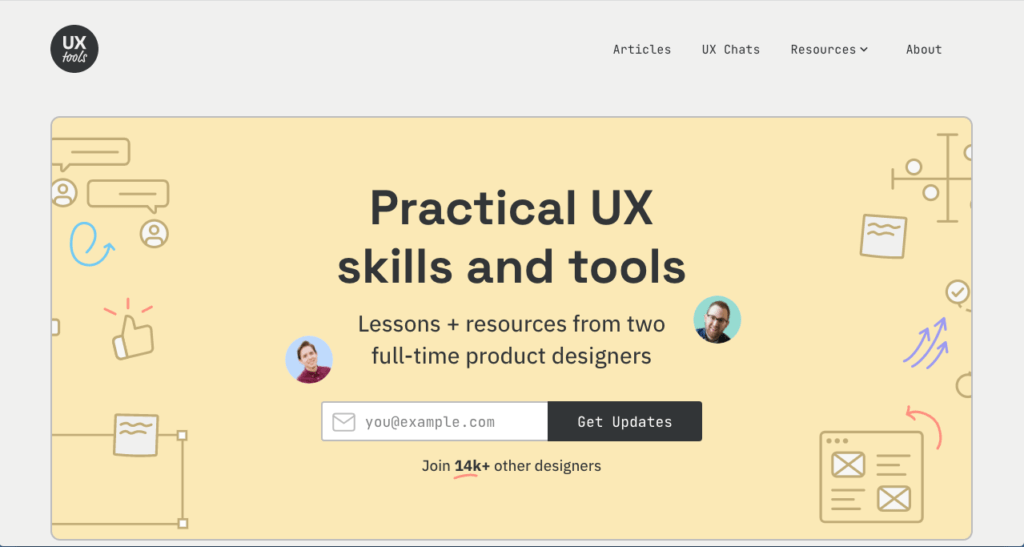
This can be easily accessed via uxtools.io . It helps you to learn the real-world skills, methods, and tools that help you build user-first experiences. They make resources like practical tutorials, the Design Tools Survey, the Design Tools Database, and UX Challenges. Join 14k+ other designers and sign up for the newsletter to get updates on new articles and releases.
2. Sharpen
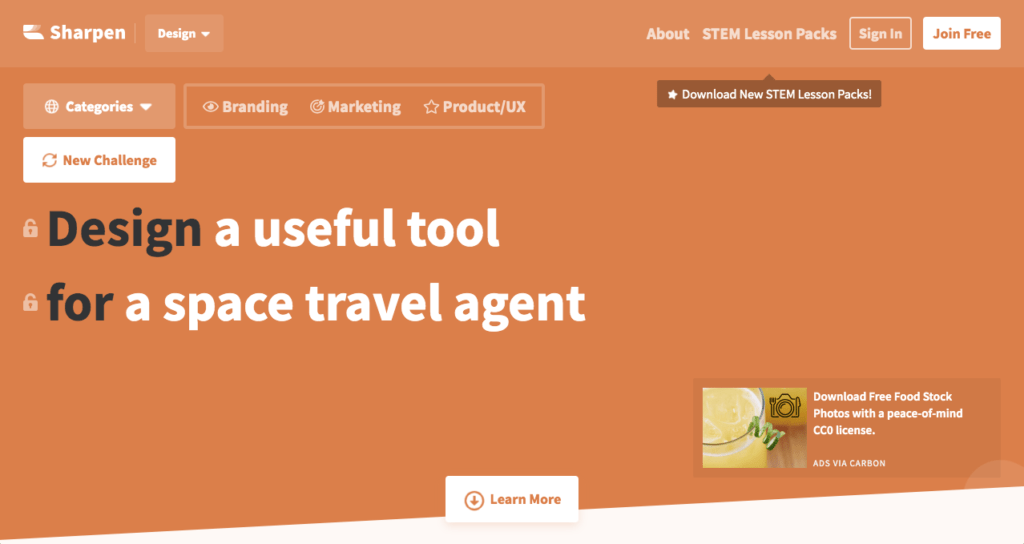
A user friendly website easily accessed via sharpen.design
Sharpen is a free design challenge generator used by tens of thousands of designers and educators worldwide to practice and teach graphic design, UX, branding, and more. We generate millions of short, quick-to-use mock design briefs for fast, efficient practice sessions.
Founded in 2017 by designers formerly at Google, Sharpen aims to make high-quality practice briefs accessible and easy to get started with. Our format of lightweight, practice client briefs mirrors the design challenges that top startups, universities, and Google’s onsite interview process use to evaluate how designers approach open-ended creative problem solving.
Instead of padding our design briefs with irrelevant fake client content, Sharpen generates shorter, open-ended design briefs that challenge designers to focus on the principles of design. That’s why so many STEM educators, hiring managers, and mentors choose Sharpen.
They’re committed to democratizing access to design education with the free, principled tools we wish we had when first learning design.
3. Good Brief
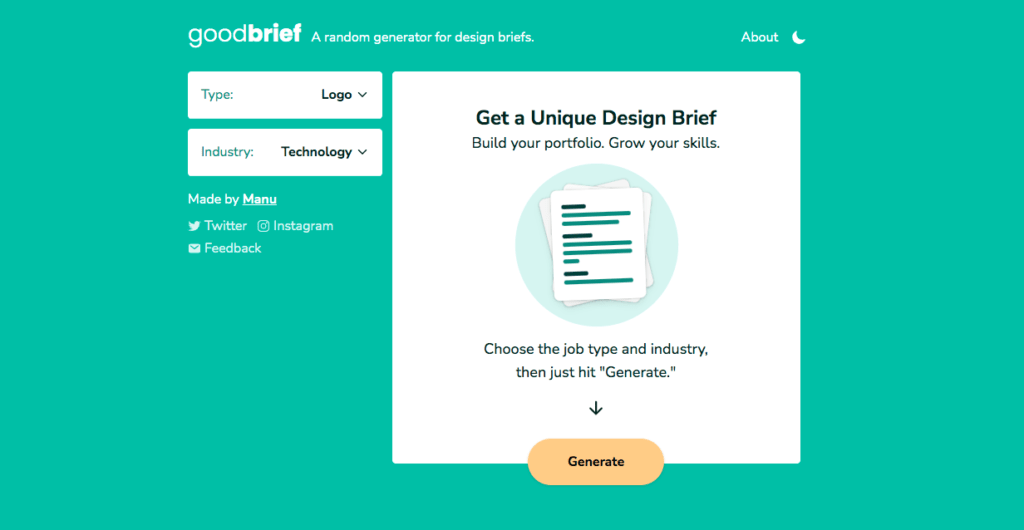
A diverse tool available on goodbrief.io
It is a random brief generator that helps you with personal projects. You can also find tutorials as well as templates to work with on it.
4. UX Challenge
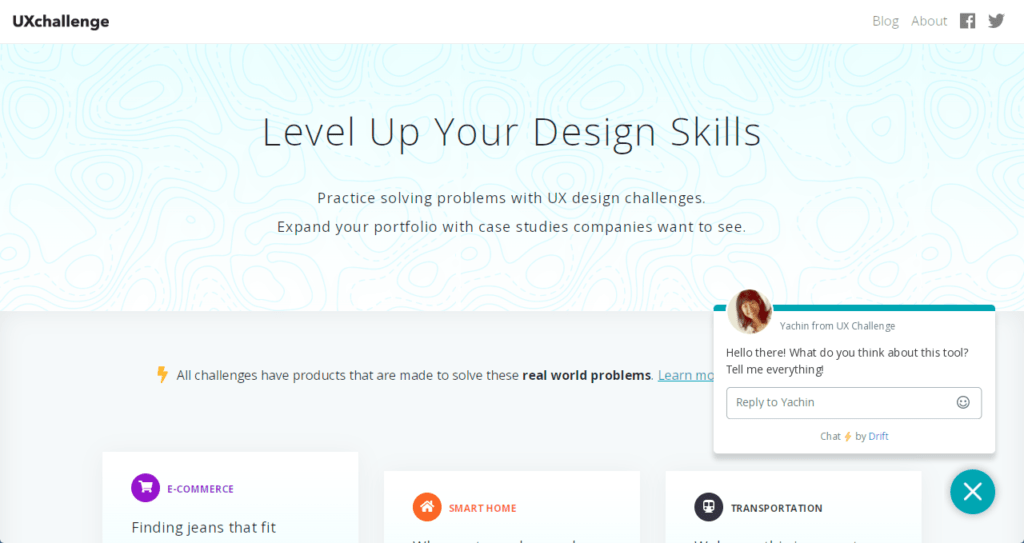
The landing page looks awesome, right? That was my first impression too. Check it out on uxchallenge.co
Check a little from their about here:
“As designers, we know that a portfolio of work is crucial for getting into the field of UX. But like a lot of designers who are just starting out, you might be stuck in the need-experience-to-get-experience loop.
Trust me, I’ve been there, and it sucks.
Should you include the blog you designed for your friend? Write up a case study of your own portfolio? Or should you do another “redesign” of Instagram? I’ve done all of the above when I was starting out as a designer, and they didn’t really help me get a job. It wasn’t until I was on the other side of the table looking for designers that I realized…”
5. Fake Clients
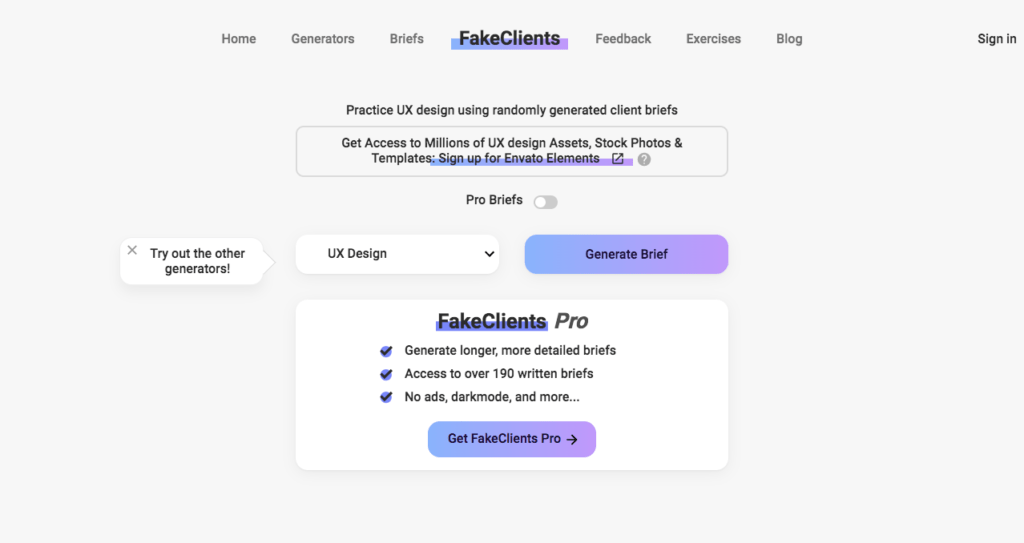
You can give it a try on fakeclients.com/ux. Trust me, there is nothing fake about this platform. If anything, it is one of the realest I’ve come across during my career. So, I’ll suggest they try something like imaginaryclients because the word fake is so repulsive now. So good that you always have challenging projects to work and improve your skills and boost your portfolio. Check their about here:
I created FakeClients.com in January of 2018 as a simple side project. During this time, I was working on growing my portfolio and gaining more experience in design. It was hard to get initial clients when I was starting so I would often come up with ideas for fake businesses to design logos that I could use in my portfolio and gain some experience with.
I decided to create a simple generator that would come up with random combinations and create a simple, fake, logo design client brief for you to practice on. I launched the website on product hunt, Reddit and various other platforms and it was received very well. Many people seemed to have the same problem I had. I continued to work on FakeClients.com and added various other professions besides logo design. Users of FakeClients can now also share their work with the community on FakeClients.com/Feedback to receive feedback on their work from others.
FakeClients.com has now grown significantly and currently has thousands of monthly users that are eager to learn more about design and how to improve their work. Many users have made great improvements in their work just by using FakeClients and the feedback that was given to them.
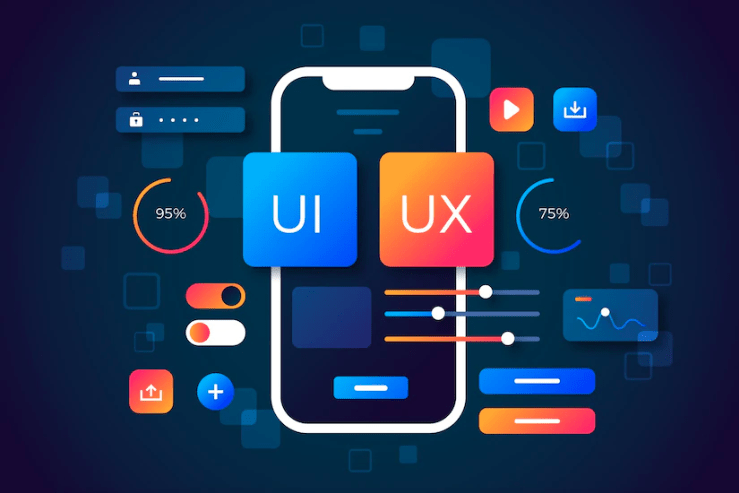
Pingback: 5 Do’s and Don’ts of Mobile UI Design - Yakubu Hayim